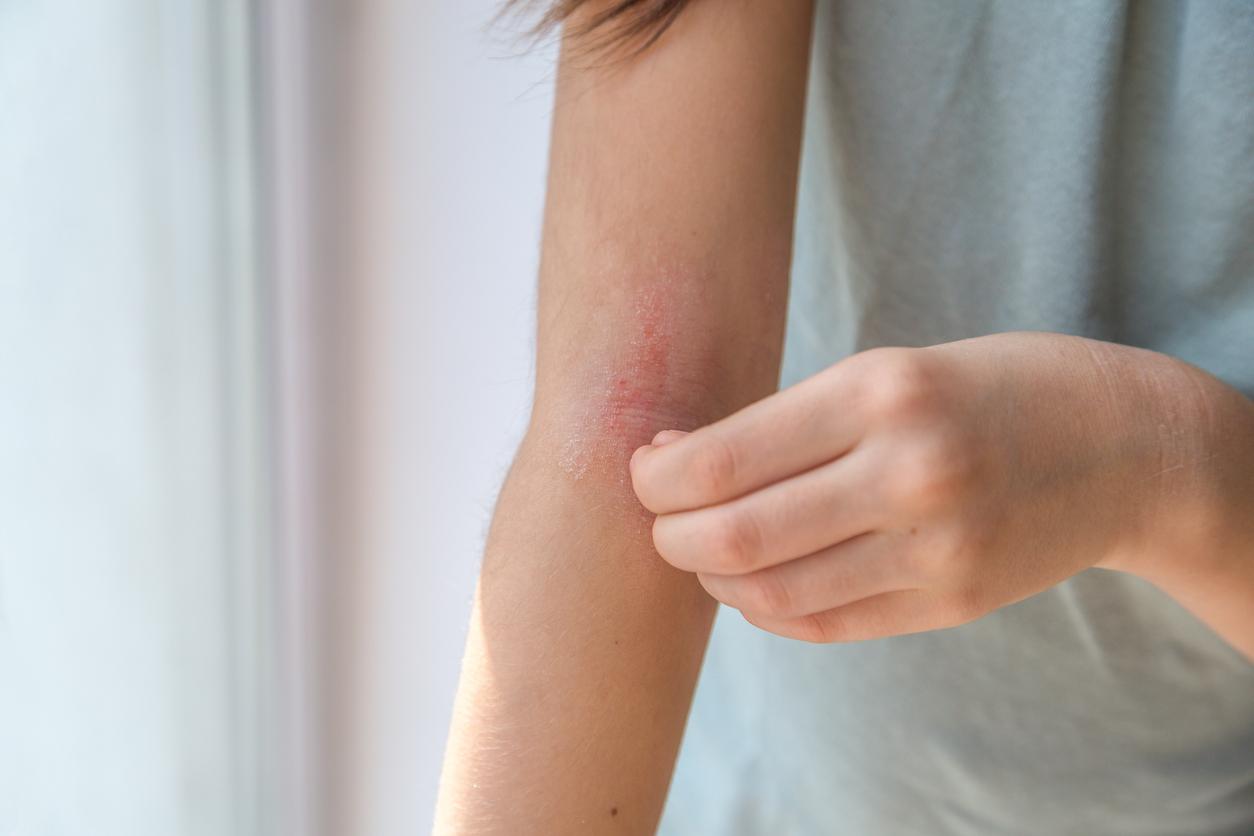A new study reveals that high levels of air pollution accelerate bone loss and the development of osteoporosis in postmenopausal women.

- High levels of air pollutants are associated with bone damage in postmenopausal women.
- The effects of air pollution were most evident on the lumbar spine.
- According to the researchers, improving air quality is needed to reduce the risk of developing osteoporosis in women.
Asthma, chronic bronchitis, cardiovascular disease, lung cancer… air pollution is known to increase the risk of several pathologies. According to the Columbia University Mailman School of Public Health, osteoporosis should also be added to this list. Researchers have found that high levels of air pollutants are associated with accelerated bone loss in postmenopausal women.
Air pollution impacts bone density in the lumbar spine
The team reviewed the records of 161,808 postmenopausal women. The scientists estimated their exposure to air pollution like PM10 particles, nitric oxide (NO), nitrogen dioxide (NO2) and sulfur dioxide (SO2) based on their home address. They then measured the bone mineral density (BMD: whole body, hip, femoral neck and lumbar spine) of the participants several times during the six years of study.
The researchers found that nitrogen oxides caused annual reductions in bone density in the lumbar spine by 1.22%. This is nearly double the annual effects of age. “These effects are thought to occur due to bone cell death through oxidative damage and other mechanisms”explain the authors in a communicated.
“Our results confirm that poor air quality can be a risk factor for bone loss, independent of socio-economic or demographic factors. For the first time, we have evidence that nitrogen oxides, in particular , are a major contributor to bone damage and that the lumbar spine is one of the sites most susceptible to this damage”says Dr. Diddier Prada, first author and researcher in the Department of Environmental Health Sciences at the Columbia Mailman School of Public Health.
Bone loss: air quality needs to be improved to reduce risk
According to’Inserm, osteoporosis is responsible for 377,000 bone fractures each year in France. This skeletal disease is 2 to 3 times more common in women.
Thus for the main author Andrea Baccarelli, his work – published on the scientific site eClinicalMedicine – show the importance of combating air pollutants. “Improving air quality – particularly by reducing nitrogen oxides, will decrease bone damage in postmenopausal women, prevent fractures, and reduce the burden of healthcare costs associated with osteoporosis in postmenopausal women,” says the expert. He then adds that “Additional efforts should focus on identifying those most at risk of air pollution-related bone damage.”

















